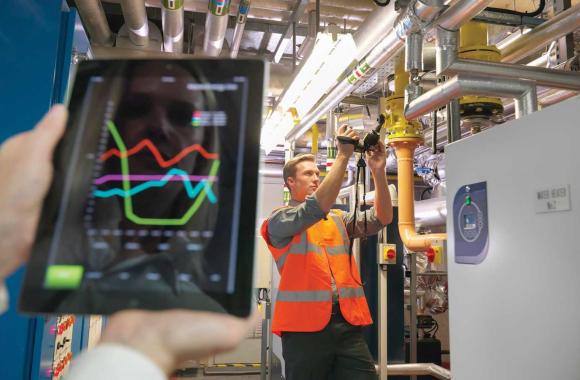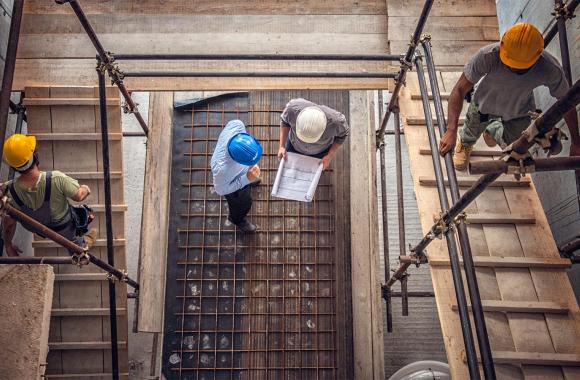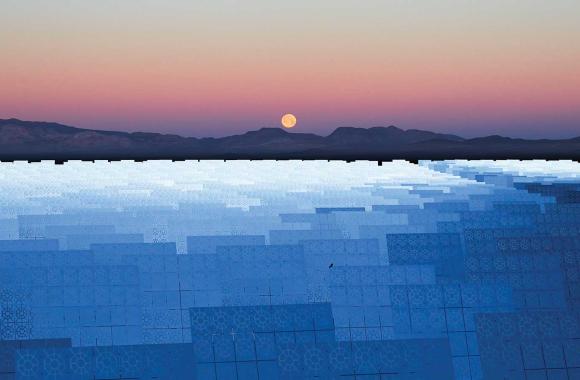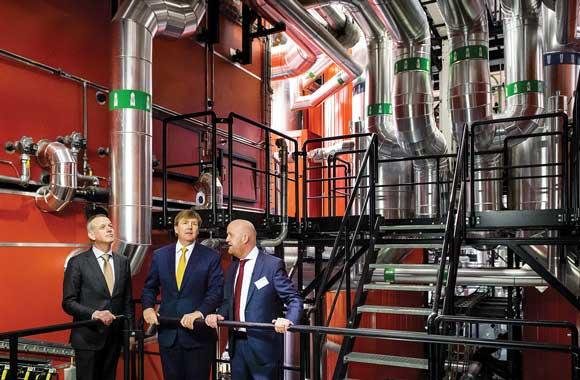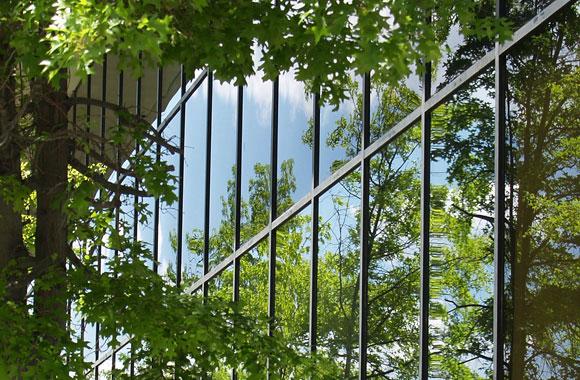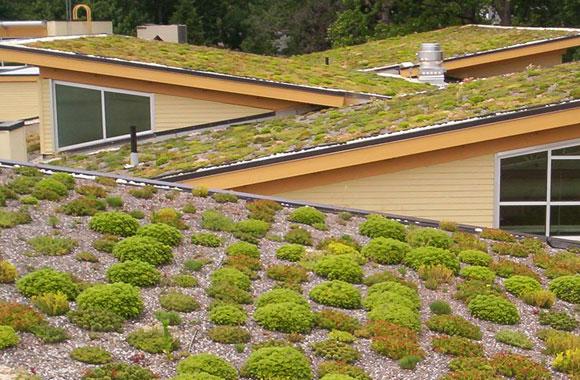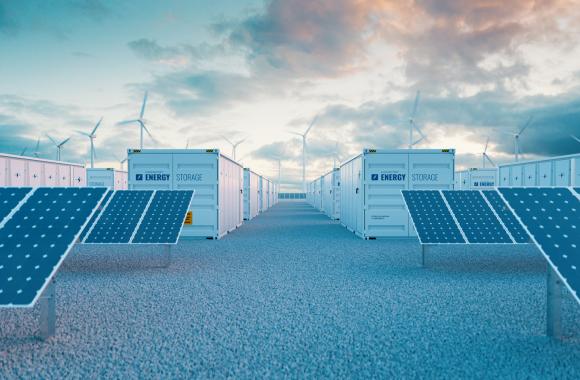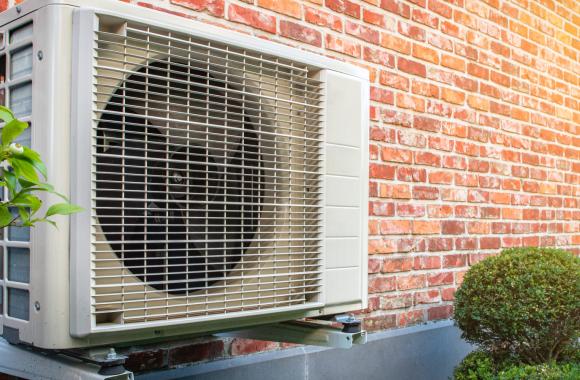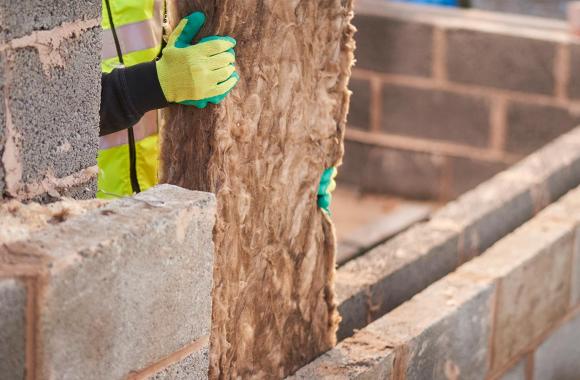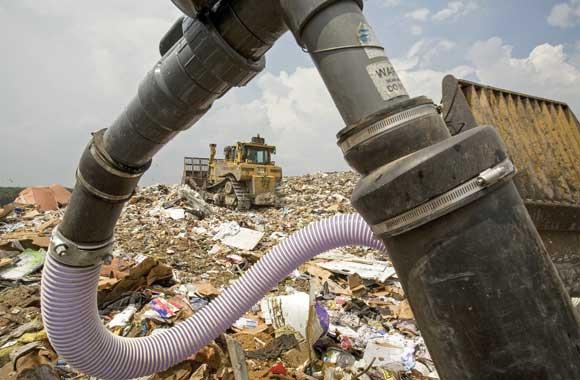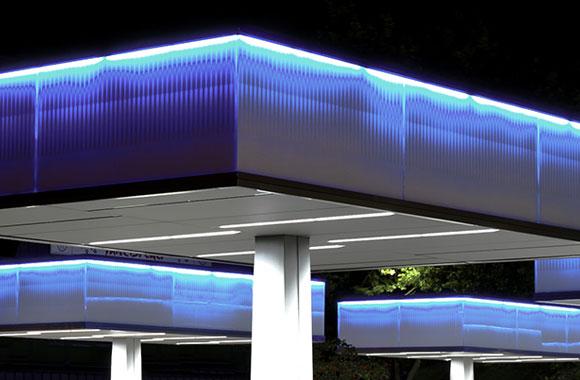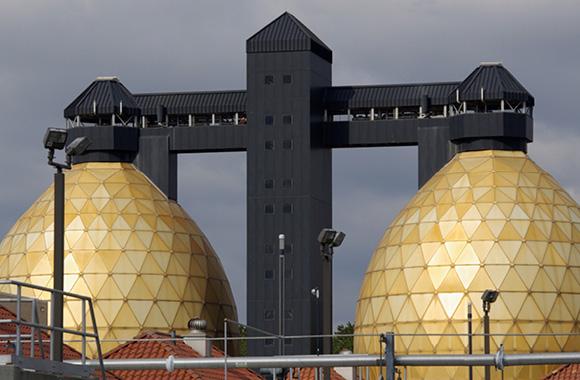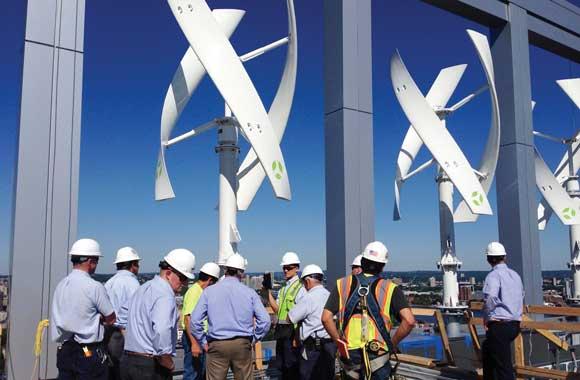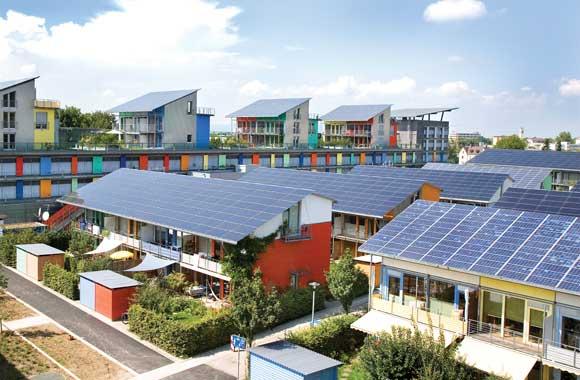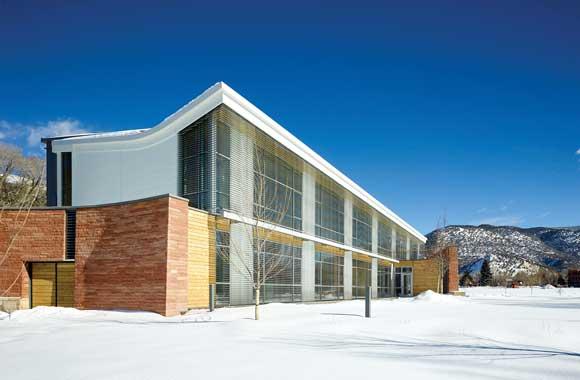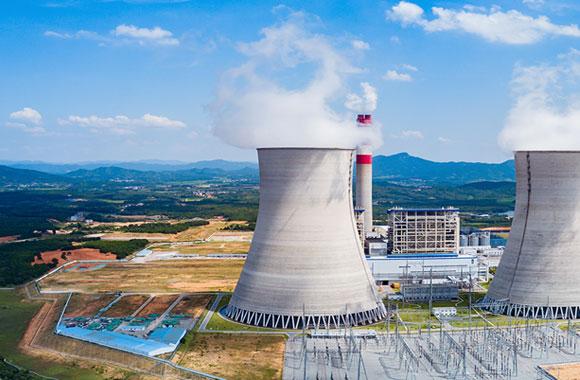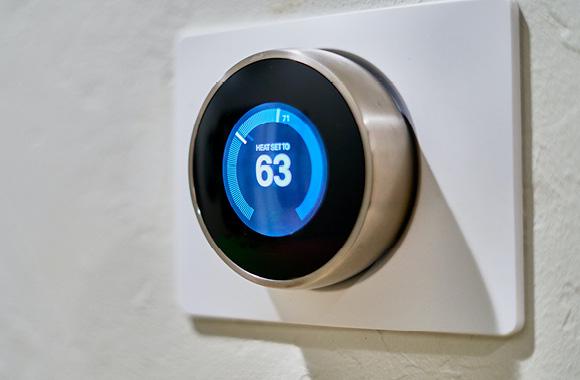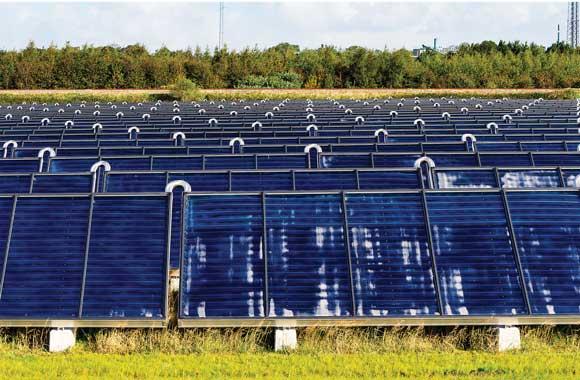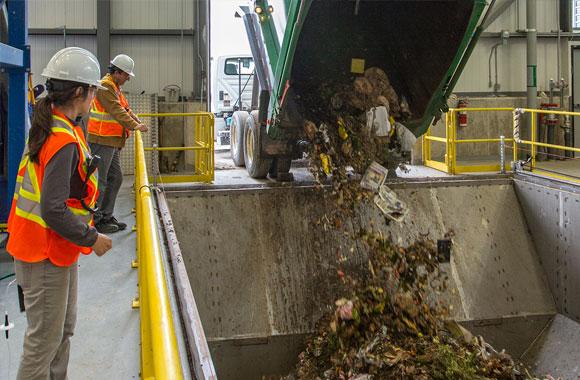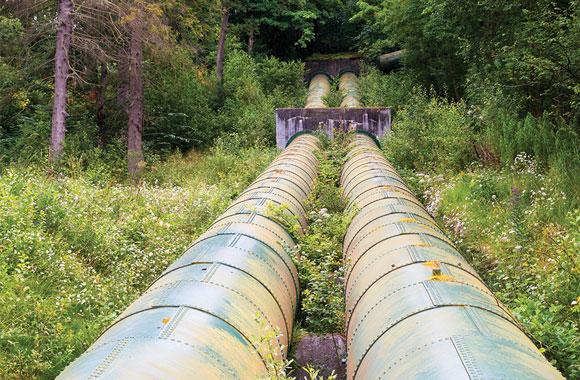Low-Flow Fixtures
Cleaning, transporting, and heating water requires energy. More efficient fixtures and appliances can reduce home water use, thereby reducing emissions.
Reduced/Sequestered
2020–2050
To Implement
Operational Savings
Impact
Adoption of low-flow taps and showerheads at an 81–92 percent rate by 2050 (up from 59 percent of estimated market) could reduce carbon dioxide equivalent emissions by 0.93–1.52 gigatons by reducing energy used to heat wasted water. The cost to implement would be US$0.44–1.25 billion more than conventional fixtures, and implementing this solution would avoid US$454.93–710.57 billion in water heating costs over unit lifetimes. Scaling other water-saving technologies would drive additional reductions. We model hot water only in order to calculate energy savings.
Introduction
Hot water is responsible for a quarter of residential energy use worldwide. Project Drawdown’s Low-Flow Fixtures solution involves the use of low-flow showers and taps in households. This solution replaces the use of conventional taps and showerheads.
To determine the overall impact of water saving in the home, we estimated the worldwide domestic water savings, energy savings, and greenhouse gas emissions reductions in high-growth scenarios of adoption of low-flow taps and showerheads. Taps and showerheads were examined because they are relatively cheap to implement, pose minimal challenges when retrofitting, and can significantly reduce water and energy consumption. Other water saving measures in the home—such as low-flow toilets and washing machines—may also provide marginal energy savings, but these were not included to simplify the analysis.
Methodology
Total Addressable Market
The total addressable market is the total amount of residential water demanded globally by populations with a gross domestic product per capita of at least 10,000 international dollars (a consistent currency used for comparisons across countries and years). It amounts to 69 trillion liters in 2018. This estimate takes into account a growing world population, increasing wealth, and national wealth distributions. People who have no pipe-borne water generally use much less water, and their water use is not included in this analysis.
Current adoption (the amount of functional demand the solution supplied in 2018) is 59 percent, based on a 2007 survey of 10,000 residents in 10 Organization for Economic Cooperation and Development (OECD) countries.
Adoption Scenarios
We assumed the main drivers of adoption to be population and wealth. Adoption can increase in two ways: adoption by the remaining percent of the existing market (retrofitting), and increasing the number of people in the market by increasing wealth.
We calculated impacts of increased adoption of low-flow fixtures from 2020 to 2050 by comparing two growth scenarios with a reference scenario in which the market share was fixed at current levels.
- Scenario 1: We assume a 3 percent retrofit rate for existing fixtures and a 65 percent adoption rate for new fixtures. This scenario saves 125.7 trillion liters of water (81 percent of the total addressable market).
- Scenario 2: We assume a 5 percent retrofit rate for existing fixtures and an 80 percent adoption rate for new fixtures. This scenario saves 142.4 trillion liters of water (92 percent of the total addressable market).
In both scenarios, water demand drops 15.8 percent on average.
Emissions Model
We estimated fuel consumed for heating water using electric heaters. We used Intergovernmental Panel on Climate Change (IPCC) guidance to estimate emissions.
Financial Model
All monetary values are presented in 2014 US$.
We estimated purchase costs for low-flow and conventional fixtures using 38 total data points and combined those estimates with six data points for professional installation costs to arrive at total first costs of US$25 per low-flow fixture. We averaged operating cost differences from 10 data points and assigned them to the conventional fixtures, keeping operating costs for the solution at US$0. This included the cost of the water saved.
Results
Scenario 1 saves 0.93 gigatons of carbon dioxide-equivalent emissions from 2020 to 2050. The net first cost is US$0.44 billion, and the lifetime operating savings are US$454.93 billion.
Scenario 2 shows 1.52 gigatons of carbon dioxide equivalent emissions avoided. This scenario yielded US$710.57 billion in lifetime net operational savings for only US$1.25 billion in net first costs.
Discussion
Given a forecasted 270 percent increase in domestic water demand over the coming 30 years, implementation of the Low-Flow Fixtures solution appears very reasonable, especially because the cost is not great. A co‐benefit of domestic water saving is a reduced reliance on overstretched freshwater supplies and reduced need for new water and energy infrastructure.
What You Can Do
Add low-flow fixtures to your water taps and shower heads.
Share this drawdown solution with two friends or colleagues.
- Expand your knowledge by exploring another Drawdown solution.
Co-benefits
Low-flow fixtures conserve freshwater resources, reducing the strain on water supplies and promoting sustainability.
By reducing the amount of water used and heated, they also can lower utility bills.



